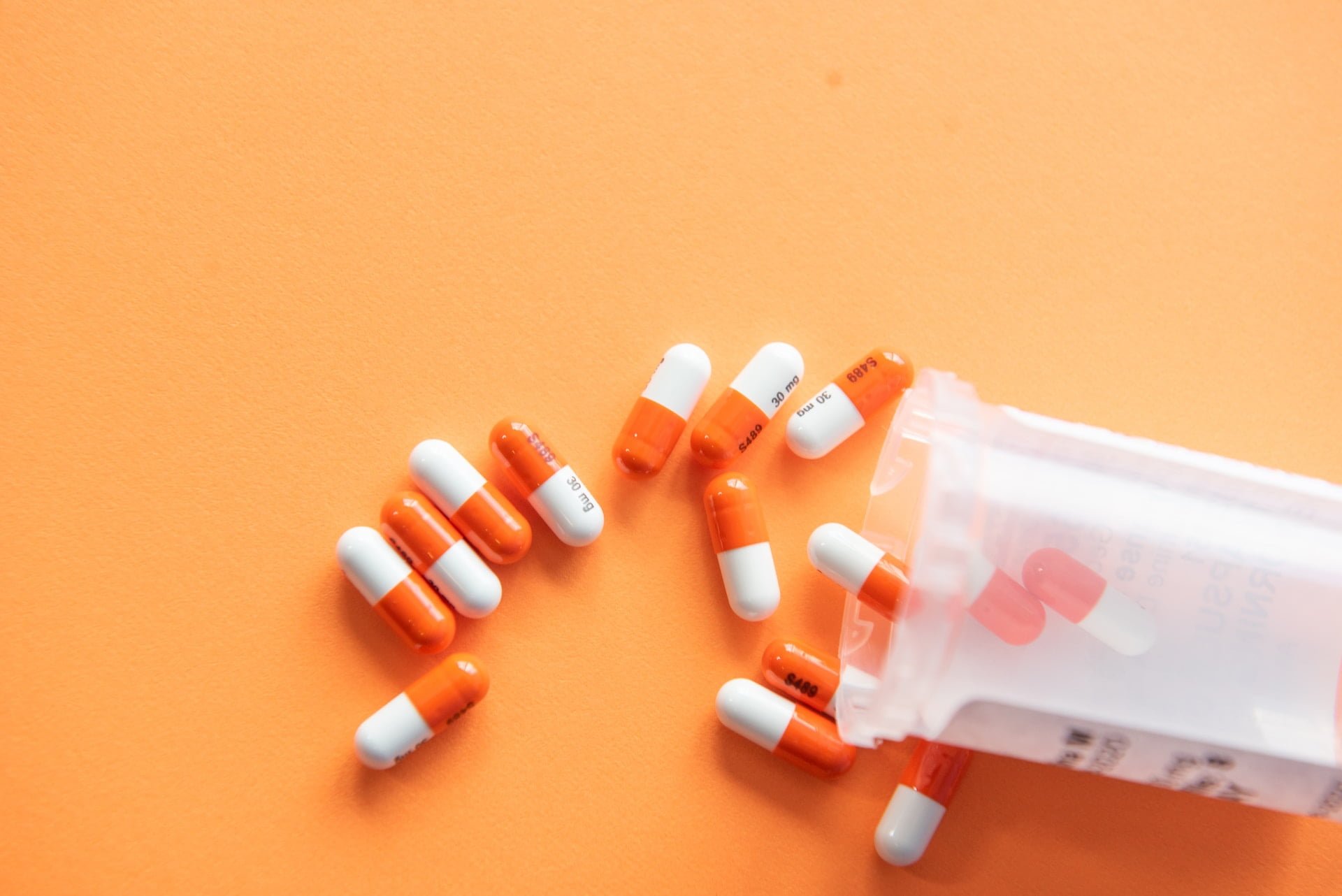
What Are the Signs, Symptoms & Causes of Prescription Drug Addiction?
Prescription drug addiction is a complex and often misunderstood issue. While these medications are typically prescribed for legitimate medical reasons, misuse can lead to a chronic disease characterized by compulsive drug use despite harmful consequences. This article aims to shed light on the signs of prescription drug addiction, starting with identifying some of the most commonly abused medications. Our goal is to provide comprehensive information to help individuals and their loved ones recognize and understand this pervasive problem.
Common Prescription Drugs That Can Lead to Addiction
Some prescription drugs have a higher likelihood of causing addiction because of their impact on both the body and mind. Although these medications are often necessary for medical purposes, they can lead to dependence and addiction if not used properly. Below are some of the most frequently misused prescription drugs.
- Opioids: These are prescribed to treat severe or chronic pain. Common opioids include Oxycodone (OxyContin), Hydrocodone (Vicodin), Morphine, and Fentanyl.
- Anti-anxiety Medicines and Sedatives: These are used to treat anxiety, panic disorders, and sleep disorders. Common ones include Alprazolam (Xanax), Diazepam (Valium), and Zolpidem (Ambien).
- Stimulants: These are used to treat attention deficit hyperactivity disorder (ADHD) and certain sleep disorders. Common stimulants include Methylphenidate (Ritalin, Concerta) and Amphetamines (Adderall).
Signs and Symptoms of Prescription Drug Addiction
Recognizing the signs of prescription drug addiction is crucial for early intervention and treatment. These signs can vary depending on the type of drug used.
General Signs
- Increased tolerance to the drug
- Withdrawal symptoms when not taking the drug
- Unsuccessful attempts to quit
- Continued use despite negative consequences
These symptoms indicate that the body has become accustomed to the drug and may require it to function normally.
Behavioral Changes
- Mood swings
- Increased secrecy or defensiveness
- Changes in social circles
- Neglecting responsibilities at work, school, or home
- Loss of interest in activities they once enjoyed
These changes can be a clear indication of prescription drug addiction.
Physical Symptoms
- Changes in sleep patterns
- Changes in appetite
- Poor physical coordination
- Noticeable decline in personal hygiene
- More severe symptoms can include rapid or slowed heart rate, high blood pressure, or seizures
Physical symptoms can range from subtle to severe, depending on the type of drug and the extent of the addiction.
Red Flags of Prescription Drug Abuse
Certain behaviors can indicate a potential problem with prescription drugs. These include:
- Taking higher doses than prescribed or using the drug more frequently.
- Using someone else’s prescription, even once.
- Multiple prescriptions for the same drug from different doctors, also known as “doctor shopping.”
- Forging or stealing prescriptions.
Physical and Psychological Effects of Prescription Drug Abuse
Prescription drug abuse can lead to a host of physical and psychological effects. These can range from short-term effects like drowsiness, confusion, and nausea, to long-term consequences such as brain damage, liver failure, and increased risk of heart attack.
Psychologically, prescription drug abuse can lead to mental health disorders like depression and anxiety. It can also cause significant strain on personal relationships and lead to social isolation.
Stages of Prescription Drug Addiction
Prescription drug addiction typically progresses through four stages:
- Non-medical Use: Occasional use of prescription drugs for non-medical reasons.
- Misuse: Regular use of prescription drugs outside the prescribed dosage or frequency.
- Abuse: Continued misuse despite negative consequences.
- Addiction: Compulsive drug use despite severe negative consequences.
Prevention and Treatment of Prescription Drug Addiction
Early identification and intervention are crucial in preventing the progression of prescription drug addiction. Strategies for prevention include proper use and disposal of medications, regular check-ins with healthcare providers, and education about the risks of misuse.
Treatment for prescription drug addiction often involves a combination of medication and behavioral therapies. Detoxification, under medical supervision, is usually the first step, followed by therapy to address the underlying issues contributing to the addiction.
In conclusion, understanding the signs of prescription drug addiction is a critical step in addressing this complex issue. By recognizing these signs, individuals and their loved ones can seek timely help and embark on the path to recovery. Remember, addiction is not a choice, but recovery is. If you or someone you know is showing signs of prescription drug addiction, reach out to us for help.